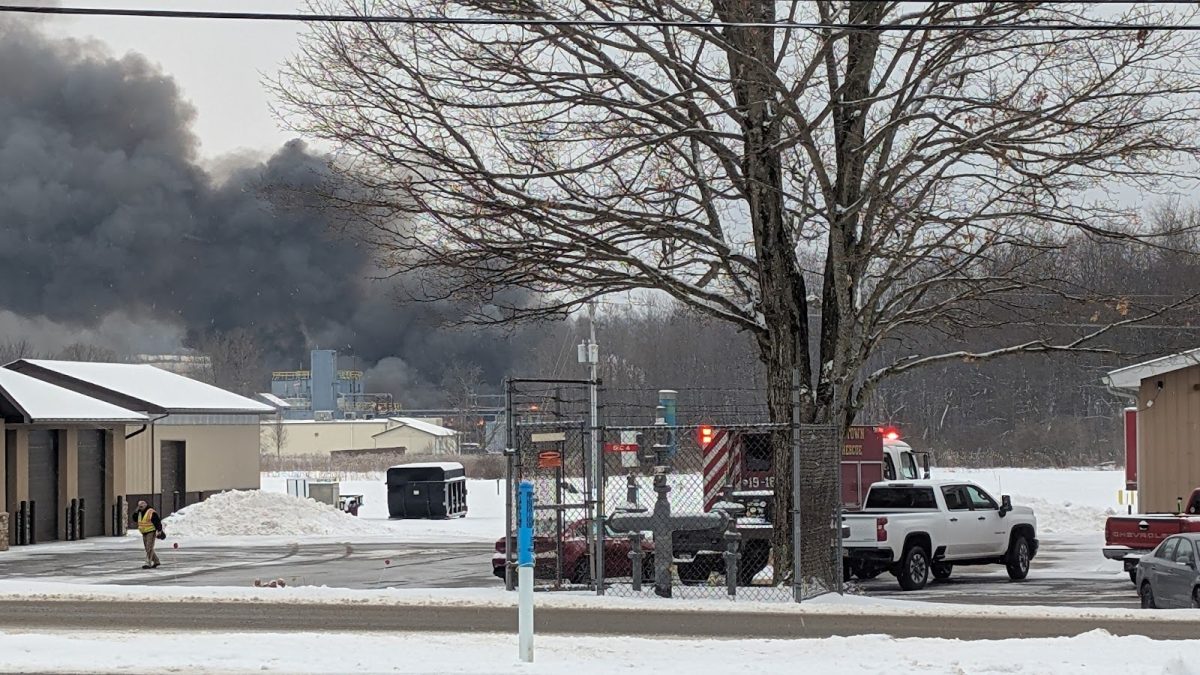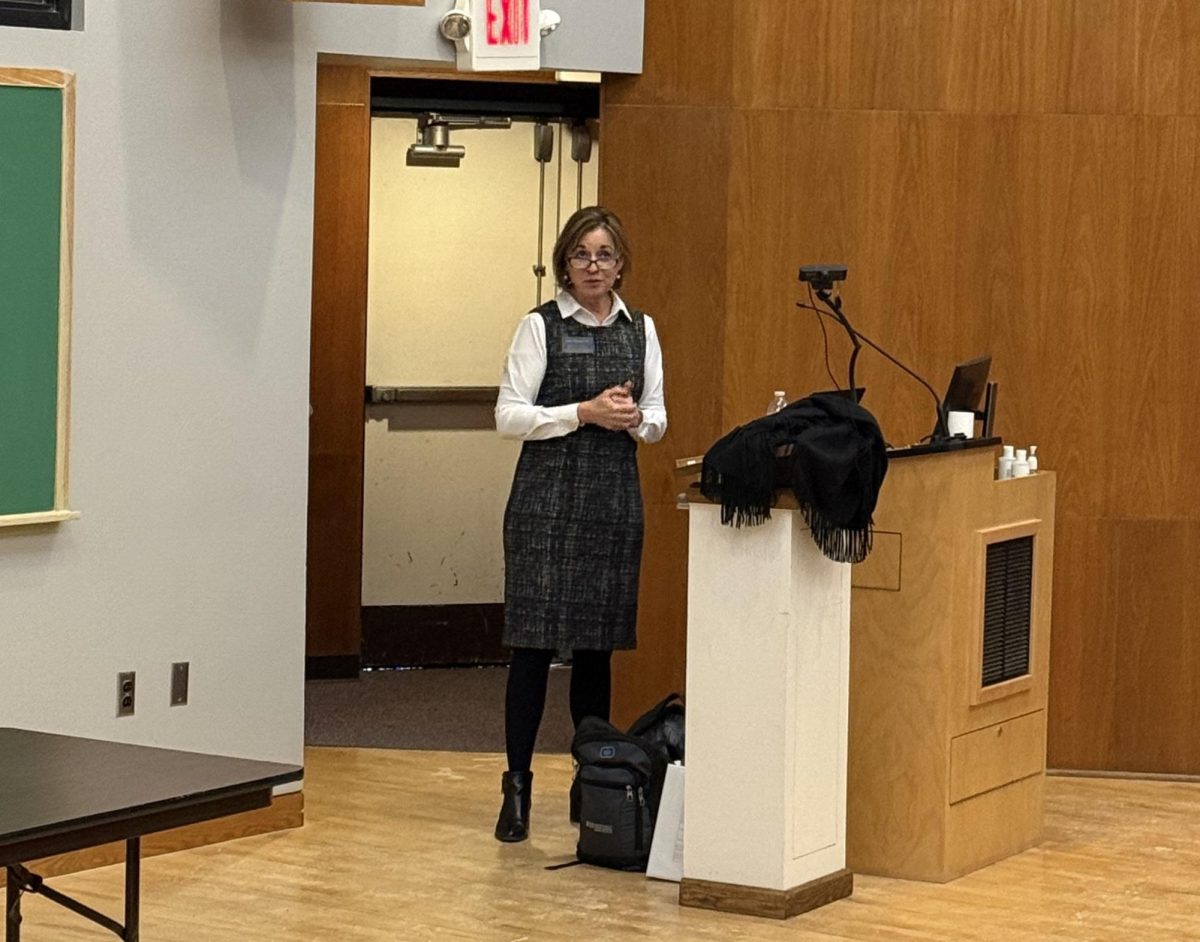By SAM HUNGERFORD
Guest Writer
In Crawford Central School District, students grades three through eight just completed a trial run of the new Pennsylvania System of School Assessment tests. These annual standardized tests are being reworked to align with the state’s newly minted curriculum and standards set based on the nearly national Common Core standards.
“It’s quite a comprehensive test,” said Second District Principal Kurt Meader. “If you add up the amount of time spent on the test, it’s more intense time-wise than the SATs or the GREs.”
Pennsylvania officially adopted Common Core standards in July 2010. Despite the fact that Core curriculum has been integrated into CCSD schools over the past four years, until standardized tests are realigned to match that curriculum, educators essentially have to teach to two tests simultaneously.
“In some ways we’re working off two curriculums because Common Core was approved, but the big tests that they take, like the PSSA, are still based on the old standards,” Meader said. Danielle DuPont, fourth grade teacher at Second District, said that the school’s curriculums were purchased with the knowledge that Common Core was coming down the line.
“They are Common Core aligned, which has been a little bit of a challenge because our children still take the PSSAs which are not Common Core aligned,” DuPont said. “I never want to teach to the test, but unfortunately, you need to supplement that so they have what’s going to be on the test.”
The PA Core aims to set rigorous standards in English, language arts and math that all students should master at each grade level. The goal of the PA Core is to shift from rote memorization to skill mastery.
“From what we’ve had as a preview it’s definitely more difficult,” DuPont said. “Especially in math, they’re just teaching it differently, deeper concepts, more analytical. It’ll be a definite switch.”
Adopting similar curriculums across the U.S. is meant to strengthen those standards and make them comparable to one another. The Core is meant to address the issue of increasing family mobility which often causes children to change schools.
Because of the gradual implementation process of the PA Core, the final shift – thecomplete alignment of English, language arts and math curriculums with standardized tests – which will occur next school year shouldn’t cause a large systemic shock to the district.
Similarly, students shouldn’t see a sudden shift in the focus of their studies to Common Core’s emphasis on reading and writing because those concepts should have been emphasized since 2010.
Laura Reeck, whose 8-year-old son Nicholas attends Second District and who is also a professor at nearby Allegheny College, said that she observed her son’s math homework change before the Common Core curriculum was made final.
“What I think I’m seeing in the Common Core is a lot more verbalizing and explaining, a sort of deeper learning that goes with every subject matter including math,” she said. “I think that’s challenging, I think that’s higher order thinking to have to explain in words how you’re arriving at a given answer in math.”
The lengthy integration process, however, does not mean that the official switch will be imperceptible. The new system of assessment does mean a significant increase in paperwork for teachers and test score anxiety. In Crawford County, as educators and administrators ready themselves for the final phase of PA Core alignment, Superintendent Charlie Heller remains optimistic about the potential of the Common Core within the district.
“As far as our critics are concerned, I would think that Common Core will do what critics think we should be doing in terms of more critical thinking, problem solving, communication, working as a team, 21st century skills,” Heller said. “I’m not against the Common Core, I’m only against the fact that they keep changing. Let’s make a decision and stick with it.”





